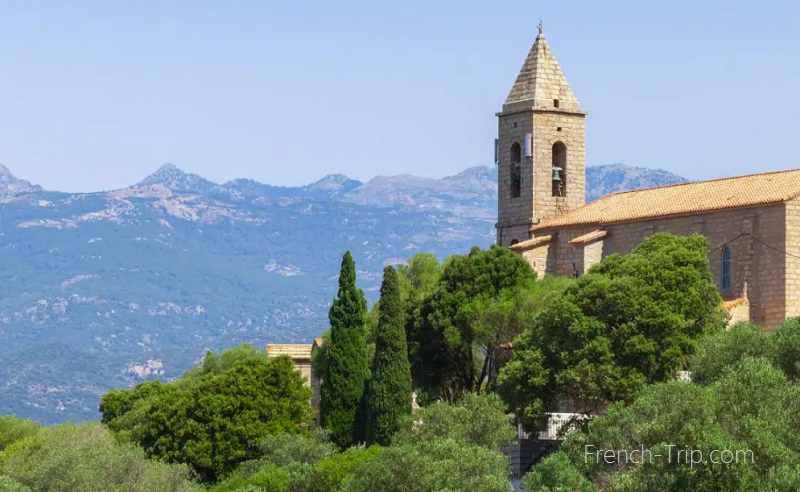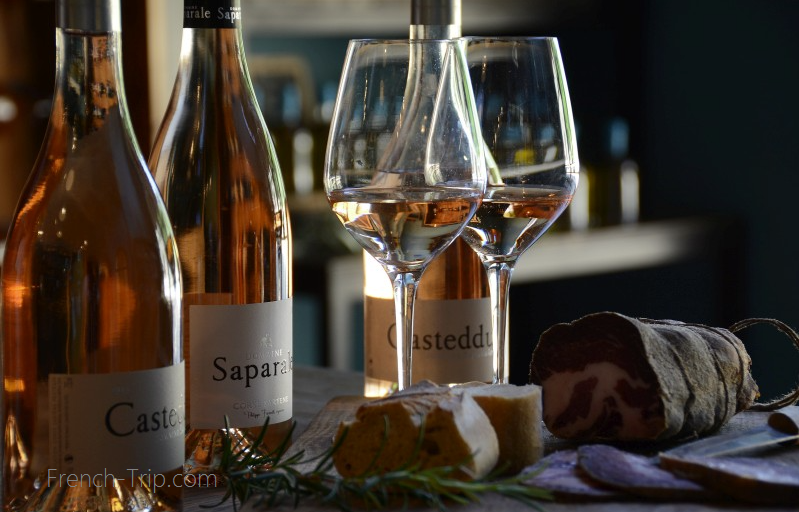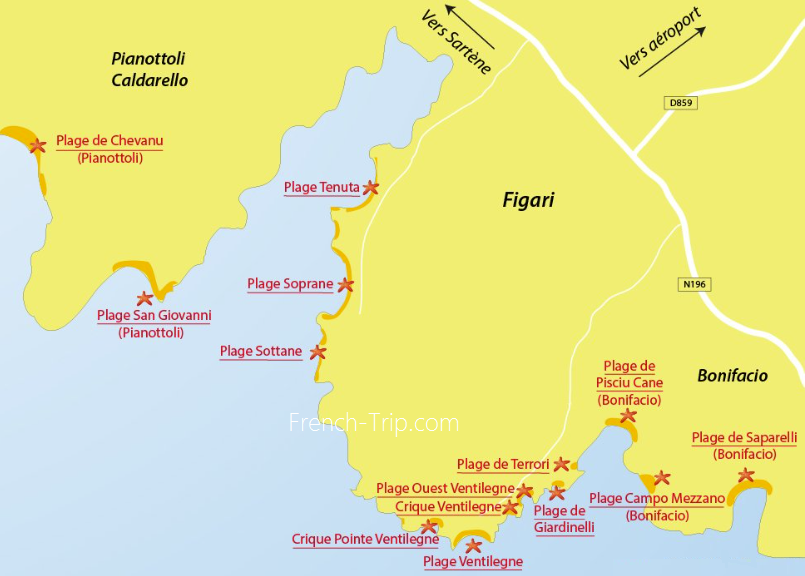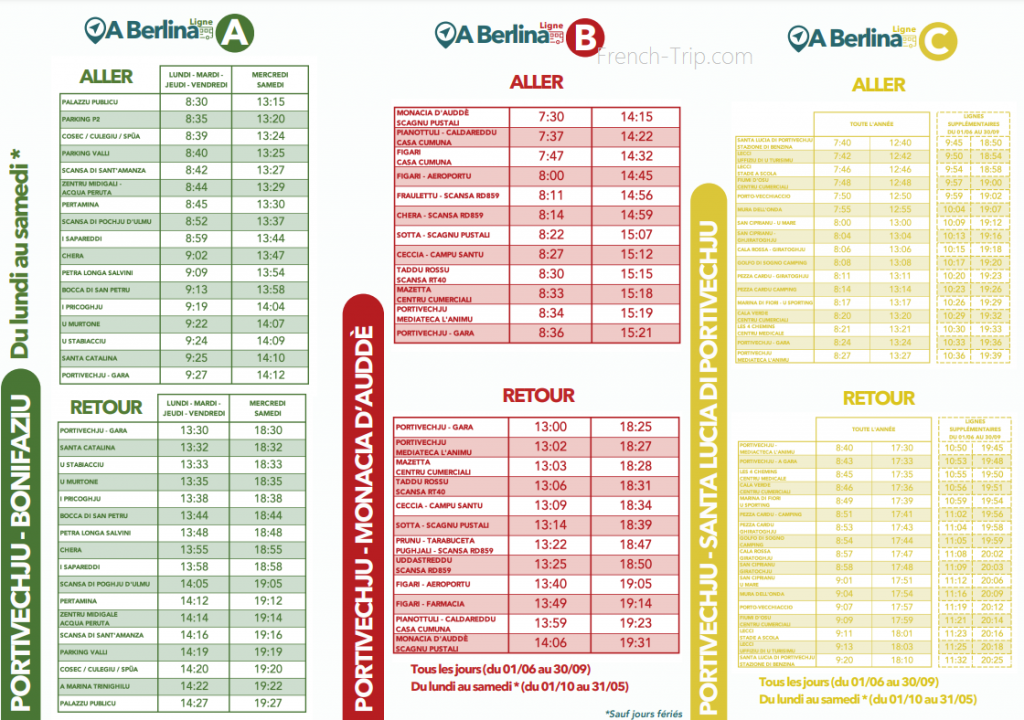Figari

Discover Figari, a picturesque village nestled between Bonifacio and Porto-Vecchio in southern Corsica and is a favorite among windsurfing enthusiasts, as the Gulf of Figari is a popular spot. This charming destination offers the perfect blend of natural beauty, rich history, and a renowned wine culture, making it a must-visit location for travelers seeking an authentic Corsican experience.
A Village with Character
Figari is surrounded by a rugged granite plateau that stretches from the west to the majestic peaks of Cagna to the north-west, and from Montilati to Col de Scopetto in the south-east. The village itself is made up of 14 unique hamlets, including Tivareddu, Tarabucetta, Poggiale, and Ogliastrello. Each hamlet has its own charm, waiting to be explored as you traverse this fascinating region.
Why Visit Figari?
Figari is more than just a beautiful destination — it’s a journey through history, nature, and Corsica’s famed wine culture. Whether you’re hiking through rugged landscapes, tasting world-class wines, or simply enjoying the serene coastline, Figari offers a unique and unforgettable experience for every traveler.
- Figari Vineyards – Some of Corsica’s oldest vineyards, perfect for wine tasting and discovering local grape varieties like Niellucciu and Vermentinu.
- Gulf of Figari – A beautiful and untouched coastline ideal for windsurfing, kitesurfing, and enjoying serene beaches like La Testa.
- Natural Pools – The Figari River offers natural pools and smooth rocks for relaxing, particularly around San-Gavino.
- Hiking in the Cagna Mountains – Trails with stunning views and diverse landscapes, from rugged peaks to lush forests.
- Nearby Beaches – Pristine beaches, such as those near Ventilegne and Roccapina, are perfect for beach lovers.
Figari’s Wine Heritage
Figari is home to one of the oldest vineyards in Corsica, with roots dating back to Roman times. The region’s wines, part of the Figari PDO (Protected Designation of Origin), are renowned for their quality. The local grape varieties — Niellucciu, Vermentinu, and Sciaccarellu — are celebrated by wine enthusiasts.
During your stay, be sure to visit the local vineyards and estates, where passionate winemakers will introduce you to the region’s winegrowing traditions. Taste wines aged in oak barrels and experience the deep connection Figari has with its thousand-year-old viticulture.

History of Figari
Agriculture appeared around the 6th millennium BC, with traces of land cultivation found in the plains between Sotta and Figari. Social life is reflected in burial monuments like bancali tombs, and settlements evolved into fortified complexes known as Castelli. Statue-menhirs, called I Stantari, began to emerge, symbolizing the male-dominated, hierarchical Korsi society.
The Romans established political administration, developed the land, and built roads to facilitate control and tax collection. However, prosperity declined due to port silting, the spread of malaria from swampy areas, and the region eventually became isolated economically by the end of Antiquity.
Centuries of obscurity followed, with limited written sources. Christianization took hold, and Figari’s Roman port revealed a series of religious establishments. Giovanni della Grossa’s medieval chronicle (1388-1464) mentions a possible Moorish kingdom in Corsica in the 10th century, marking the island as a frontier between the Christian and Muslim worlds.
Ugo Colonna, a Roman count, led a reconquest. By the time of his descendant Arrigo Bel Messere’s death, the island fell into feudal anarchy. In 902, Corsica became part of Pisa’s governance, entering a period of prosperity. Giovanni della Grossa notes that Pisa’s judges maintained peace, and the construction of remarkable churches, bridges, and buildings began.
Some of these historical structures can still be visited in Figari, such as the Chapelle San Quilico di Montilati and the Church of Saint John the Baptist in Pruno. The Castelli were built alongside churches in the 11th century, with local lords overseeing the region from these fortresses. Legend speaks of Count Pazzu (U Conti Pazzu), a symbolic figure of feudal proliferation and malaria’s spread, who stayed in the plains during summer and wintered in the mountains.
Figari attractions
Figari may be a small village with few historical landmarks, but it perfectly embodies the charm of a traditional Corsican village. It’s an ideal destination for beach getaways and wine tourism, offering a blend of natural beauty and local flavor.
Church of the Immaculate Conception
This small granite church has a simple and bright exterior. Inside, there is an atmosphere of contemplation that is worth the detour.
Église de l’Immaculée Conception – Ghjesgia di l’Immaculata Cuncezzione
La plage des criques
A small slice of paradise, this picturesque cove will captivate you with its beauty. Relax on the soft white sand and soak up the sun in this tranquil setting.
Tour the Wineries
Figari’s vineyards date back to Roman times, making it one of Corsica’s oldest wine regions. For a renowned experience, visit the famous Clos Canarelli winery.
Figari beaches
Near the Tonnara road, a stunning beach provides the perfect place to watch them train. Kitesurfing and windsurfing are also popular here, with the crystal-clear waters offering a true delight for water sports lovers.
The bay is particularly beautiful, well-preserved, and boasts miles of coves and small beaches. The beaches at La Testa are perhaps the wildest, with around ten idyllic, variously sized beaches in a row. They are accessible via a well-maintained path through the maquis. To the east of the Pointe de Ventilegne, you’ll find the most remote beaches of Figari. Heading towards Sartène, you’ll discover more lovely beaches at Pianottoli-Caldarello, as well as the stunning Roccapina beach.
The Figari River also offers areas to explore, such as San-Gavino de Figari, where you’ll find natural pools, slides, and large flat rocks perfect for sunbathing. A walk around the area allows you to admire the surrounding mountains.

Pianottoli-Caldarello beaches
The coast of the village Pianottoli-Caldarello extends for 8 km. The small marina is a beautiful place to walk, it has kept all the charm of Corsica despite being very busy in the summer. Nearby are the beaches of Pianottoli-Caldarello, part of which opens onto the Gulf of Figari. But the most interesting ones are located to the west. Chevanu beach is one of the most pleasant and is easily accessible by car.
Tenuta Beach
Tenuta Beach is the first beach in the Gulf of Figari near the anchorage area. The main beach is very narrow (little sand, you quickly arrive in the scrubland). Continuing on the left, you arrive at a wider beach (but shorter) at the point. This is the area that is the most pleasant.
To get to this beach from the center of Figari take the D859 towards Bonifacio. At the intersection of the N196, turn right then after 1 kilometer turn left onto the D622. The road quickly turns into a track. Then park in the second car park (free).
Soprane Beach
At the Soprane saltworks, there is a narrow sandy beach heading towards the Ventilegne point. Mostly used as a coastal path, people rarely come here to swim (the beach is too narrow). When the wind is blowing, you can watch kite surfers in the Gulf of Figari. Opposite, a beautiful view of the Pianottoli-Caldarello coastline with its Genoese tower.
Sottane Beach
Between the marshes of Soprane and Sottane, there is a small sandy beach with a few granite rocks. The environment is very pleasant but the beach is very narrow. Swimming is done on a gentle slope and depending on the day, there is a beautiful view of the Gulf of Figari where there are many kite surfers.
To get to this beach, take the D622 which allows you to reach the seaside of the Gulf of Figari (the road quickly becomes a track). Park in the last car park then reach the beach on foot along the coast (after the Soprane salt marsh).
Ventilegne Beach
The beach at the Ventilegne point in Figari is one of the largest beaches in the town. Totally wild and free of construction, you feel like you are at the end of the world. This area protected by the coastal conservatory is easily accessible by a well-maintained track and a car park (about a 100 m away). There are also several small coves in the surrounding area.
To get to this beach from the city center of Figari, follow the direction of Bonifacio. When you are on the national road, follow it for 1 km then turn right onto the track. After about 3 km, you will arrive at the fourth and last car park (free). Take the path, you will arrive at the beach after less than 5 minutes of walking.
Roccapina Beach
Roccapina Beach is located at the foot of the lion in a preserved setting 400 meters long, it is accessible by car by a track (poor condition for about 20 meters at the beginning then good condition). In summer, it is very busy but you can easily put down your towel in this dream location. The bravest can climb up to the Roccapina tower and can even go down to Erbaju beach which is located behind the Cap de Roccapina, a real haven of peace with a 2 km long strip of sand.
Access to this beach is via the N196 which goes from Sartène to Bonifacio. At the Coralli inn, take the track on the right (it runs alongside the inn). At the edge of the beach, there are two car parks (free), one to the west (the most practical for reaching the Lion – keep right on the track) and the other to the east (you have to turn left before arriving at the beach).
Natural Beauty and Adventure
Figari boasts a stunning 800-hectare coastline within the Bouches de Bonifacio Nature Reserve. This unspoiled stretch of land offers a glimpse into Corsica’s raw, natural beauty, with no major developments to disrupt the pristine environment.
The Gulf of Figari is a hotspot for windsurfing and kitesurfing enthusiasts, thanks to the frequent libeccio winds from the southwest. Whether you’re a seasoned water sports enthusiast or a beginner, this is the perfect place to catch some waves.
Hiking and Nature Trails
Nature lovers will find Figari to be a hiker’s paradise. The signposted trails wind through the reserve’s unspoiled countryside, offering an opportunity to explore diverse flora and fauna. As you hike through this fragile ecosystem, it’s essential to respect the marked paths and protect the natural habitats to ensure the preservation of this unique environment.
Preserving Figari’s Ecosystem
The Bouches de Bonifacio Nature Reserve is not just a place of beauty—it’s a vulnerable ecosystem that must be protected. Visitors are encouraged to follow the established guidelines, ensuring that their presence does not harm the delicate balance of nature. By treading carefully and following the rules, you help preserve this extraordinary landscape for future generations.
Lavezzi Islands
An ideal spot for a peaceful getaway, these uninhabited granite islands offer a tranquil escape. Pack a picnic and enjoy a meal on one of the islands’ secluded beaches. Read more…

Getting to Figari
There is no public transport in Figari. The airport is served only by a few regional bus lines.
Figari International Airport offers regular flights to and from France and other parts of Europe, making it a convenient gateway to southern Corsica. From here, it’s easy to explore the surrounding regions of Bonifacio , Porto-Vecchio, and beyond.
Communauté de Communes du Sud Corse offers a regular intercommunal transport service “A Berlina”. This network connects all seven member municipalities to Portivechju. So you can use direct buses to Porto-Vecchio and Bonifacio just for 2 €!
3 transport lines serving the municipalities of the territory of the Communauté de Communes du Sud-Corse have been developed to improve quality, safety and, above all, accessibility for all.
Rates:
- Ticket to Airport – 10€
- Single ticket – 2€
- Kit of 10 tickets – 15€
- Weekly ticket – 18€
- Free under 18 years old
Timetable:
Figari on the Map of Corsica:
→ Back to Corsica travel guide
Archives
Calendar
| M | T | W | T | F | S | S |
|---|---|---|---|---|---|---|
| 1 | 2 | 3 | 4 | 5 | 6 | 7 |
| 8 | 9 | 10 | 11 | 12 | 13 | 14 |
| 15 | 16 | 17 | 18 | 19 | 20 | 21 |
| 22 | 23 | 24 | 25 | 26 | 27 | 28 |
| 29 | 30 | 31 | ||||
